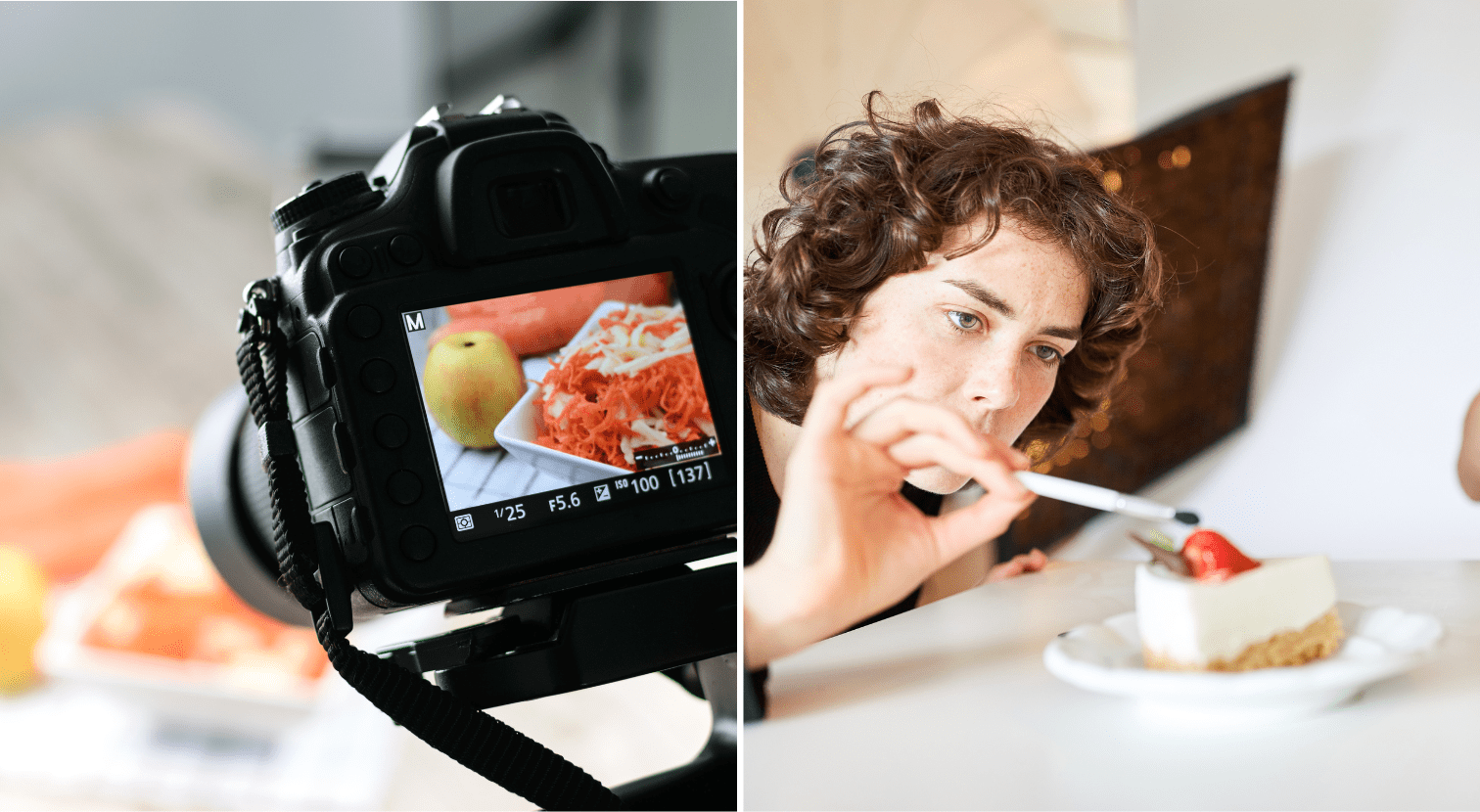
Becoming a food stylist
At the crossroads of culinary art and artistic leadership, a food stylist is an artisan who transforms a recipe into a powerful image, a visual story capable of making your mouth water before you have even taken a bite. Much more than simple presentation, this demanding and creative profession has become essential for major brands, publishing houses and chefs who want to make a lasting impression.
Today, trends in food styling are part of a quest for authenticity and sustainability, where presentation favours raw ingredients, natural textures and a sensitive aesthetic close to contemporary art. A stylist becomes a true culinary designer, capable of imagining visual worlds that convey both emotion and expertise.
For those who are passionate about taste and have an eye for aesthetics, a career as a food stylist offers fascinating prospects. This article will guide you through the tasks, skills and training programmes to turn your passion into a profession dedicated to excellence.
Food stylist: The art of transforming a dish into a visual work of art
A food stylist is much more than just an artisan who makes a dish shine. They occupy a unique position at the crossroads of culinary art, visual design and communication. Their role is to bring a recipe to life, not only to be tasted, but above all to be admired and shared. They transform dishes into true works of art, where every detail tells a story and evokes emotion.
Unlike chefs, who focus primarily on taste, food stylists work for the eye and the camera. Their primary mission is to create a visual narrative that immediately captivates the consumer's gaze. The image must be so appealing that it whets the appetite even before the first bite.
Today, this
profession has established itself as a strategic resource in an ultra-competitive food market. Major brands, publishing houses, restaurants and producers know that well-designed culinary visuals have become an essential part of their identity. From cookbooks to advertisements, packaging and social media, food stylists know how to
make products shine, resulting in them being irresistible.
Beyond the plate: A range of tasks, from concept to photo shoot
The work of a food stylist is akin to that of a goldsmith, requiring both precision and creativity. Each assignment unfolds in several key stages:
- Preparation: Analysing the brief, searching for inspiration and creating mood boards, choosing ingredients and accessories.
- The day of the photo shoot: Preparation and cooking adapted to technical constraints, with tricks to keep the dish looking great under the spotlights.
- Photo composition: Playing with volumes, contrasts and textures to bring the image to life.
- Teamwork on set: Constant dialogue with the photographer and client in order to adjust every detail in real time.
Each photograph is therefore the result of a perfect balance between technical mastery and artistic sensibility.
The photographer's eye and the stylist's touch: An essential creative duo
A food stylist and photographer form an inseparable duo. Their collaboration is based on a shared artistic vision and complementary skills.
A stylist masters the food, its texture, behaviour and visual potential. The photographer reveals the image through light, framing and photographic technique. Together, they create a joint work of art.
Why has culinary aesthetics become the signature of brands?
The importance of food styling now extends beyond the artistic realm: It has become a strategic lever in communication and marketing.
- Social media platforms such as Instagram and Pinterest are dominated by images, and striking culinary visuals immediately trigger desire
- The aesthetics of dishes help build a brand identity which is strong and memorable
- A successful photo does more than just show a product: It tells a story, conveys emotions and can trigger a purchase
- In a highly competitive food sector, styling has become a major differentiator, essential for capturing attention and building audience loyalty
Companies that invest in this field are now making it a visual signature, reflecting their world and their values.

